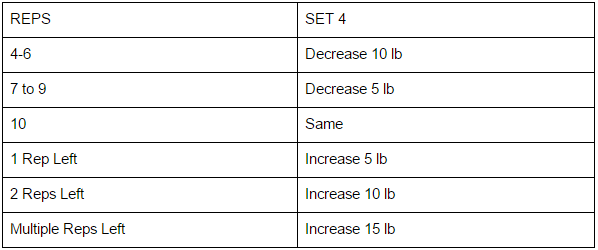In Part 1 of this blog I discussed why we monitor and considerations for monitoring your athletes. Part 2 is going to deal with how we monitor at the high school level.
Monitoring can be an expensive venture, but there are also less expensive ways that can be implemented by virtually anyone at any level.
This blog will detail two practical and inexpensive ways in which, monitoring can be implemented to help you make decisions, allowing you to meet your athletes where they are at on any given day.
#1 Surveys
Having your athletes take quick daily surveys can help create awareness regarding their habits. These surveys can be simple and ask as few or as many questions as you would like. Keeping it simple is best. Here is an example of some of the questions to ask:
- How many hours did you sleep?
- Did you eat breakfast?
- How many bottles of water did you drink?
- How tough was practice yesterday on a 1-5 scale with 5 being the hardest?
- How tough was your workout yesterday on a 1-5 scale with 5 being the hardest?
- How do you feel overall 1-5 scale with 5 being the hardest?
You could make a survey through excel pretty quickly and log your information there to keep track of long term trends with your athletes. There are a couple of ways in which this can be beneficial for you.
- Make educated adjustments to your plan dependent upon feedback from the athlete
- Identify, where you feel they are at from a readiness standpoint that day.
- Look at long-term trends both individually and globally to make better decisions in programming for your athletes.
Individually, you may find that your athletes do not get enough sleep on Monday nights due to practice and academic obligations. Globally, you may find that the football team’s toughest day is on Tuesday every week. Knowing that your athletes average 6 hours of sleep on Monday nights and also have their toughest day on Tuesday allows you to adjust and make the best decision for your athletes that day.
It is very important that you use the data that you collect!
Pro Tip: Collecting data for the sake of collecting data is counter-productive. The adjustments you make off of the data collections is what is of real significance.
You can also up the ante and implement technology to take surveys. There are programs that exist where athletes can enter survey information into their phones, and it collects and organizes the data. This is a real time saver for busy trainers.
Here is an example of a survey:

#2 Autoregulation (APRE-RPE Scales)
A second cost-effective way to monitor your athletes is by using an APRE/RPE scale in their strength training programming. APRE is defined by Dr. Bryan Mann as Autoregulatory Progressive Resistance Exercise. APRE is a method that takes the daily readiness of the athlete into account through adjustment protocols that dictate working sets.
There are two warm up sets, and then the third set is a set to failure at a prescribed rep max (RM). The results of the third set dictate the weight used on the fourth and final set.
As a coach, this can be used to help the athlete train to the highest level possible for that specific training session according to the physical state of the athlete.
We do not use strict percentages in our program but rather we use them as a guide.
Use this auto-regulation method to dictate our training loads for the day.
Pro Example:
I always use the example of the athlete who slept 3 hours the night before a hard training session that is under tremendous personal and academic stress when describing the need for this type of training. This athlete may have a prescription to hit 2 reps at 95% that day, but due to his physiological state that 95% is really more like 105% that day. This is why autoregulation can play such a key factor in the development of your athletes.
Dr. Mann from the University of Missouri has done a tremendous amount of work in this area, and has written an E-book specifically on APRE methods. 1
Mann’s Example:
Here is what typical APRE protocol according would look like:

SET 4 ADJUSTMENTS- REFER to this chart after set 3

An RPE scale in conjunction with APRE methods is another effective manner in which to implement RPE. RPE stand for rate of perceived exertion. Athletes use this rating scale to rank the difficulty of a set in training.
Pro Example: Sample RPE rating scale
Pro Example:
An example would be an athlete does 155lbs. for 10 reps. When he finishes this set on set three, he rates whether or not he had one rep, two reps, or multiple reps left in the tank. Then picks an appropriate weight to finish his fourth set, using the adjustment chart below.
Here is an example of what this looks like:

SET 4 ADJUSTMENTS- REFER To This Chart after set 3

Look at long term trends when recording their numbers to make sure there is consistent progress. Do not worry about disp as this is common due to the variable nature of the high school athlete.
Conclusion
Two simple and cost-effective measures in which to monitor and adjust for your athletes have been outlined. Use these tools to tremendously impact your athletes in way that is both feasible and practical.
Are your athletes prepared to perform?
Download our free PDF and Overview video on the long term athletic development model.
About the Author: Fred Eaves
Fred Eaves, Ed.S, M.Ed, CSCS, RSCC, IYCA, USAW, USATF, BIOFORCE Conditioning Coach Certified, 2015 NSCA H.S. Strength Coach of the Year, 2013 Samson Equipment & AFM H.S. Strength Coach of The Year
References
- Mann, B. (2011). THE APRE: The scientifically proven fastest way to get strong.



